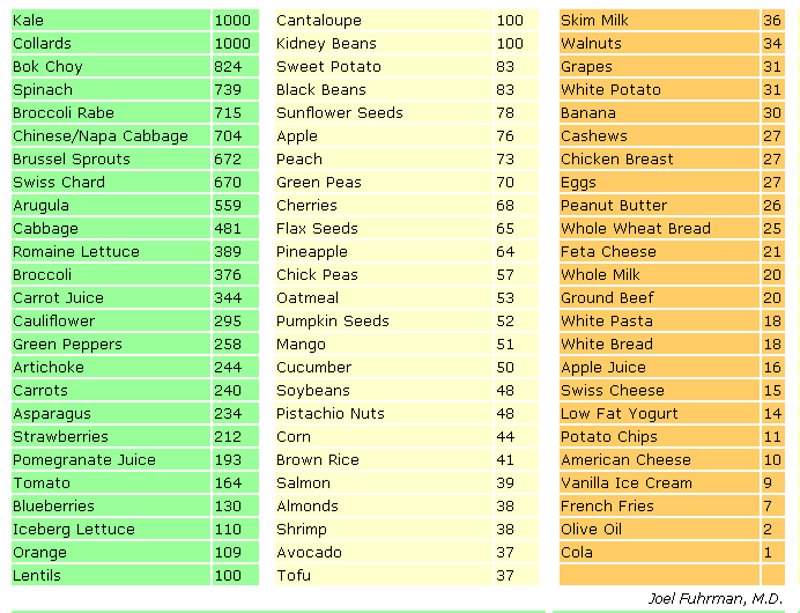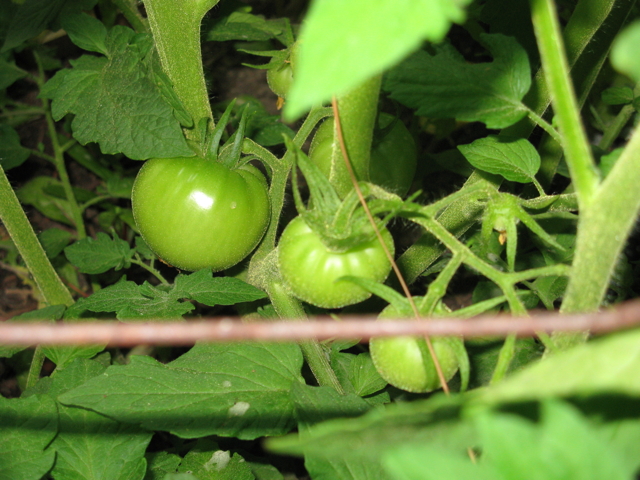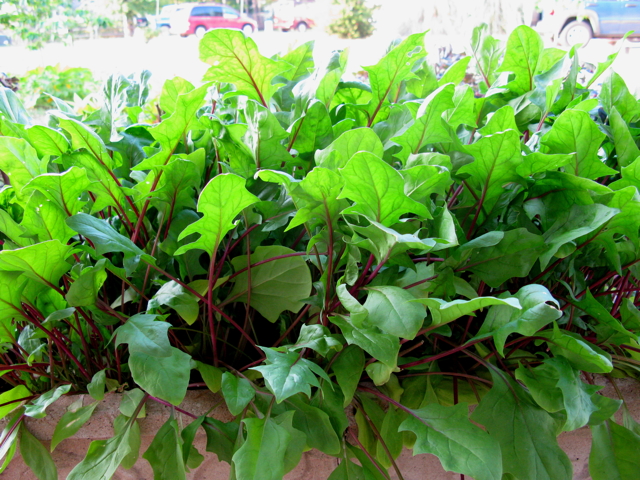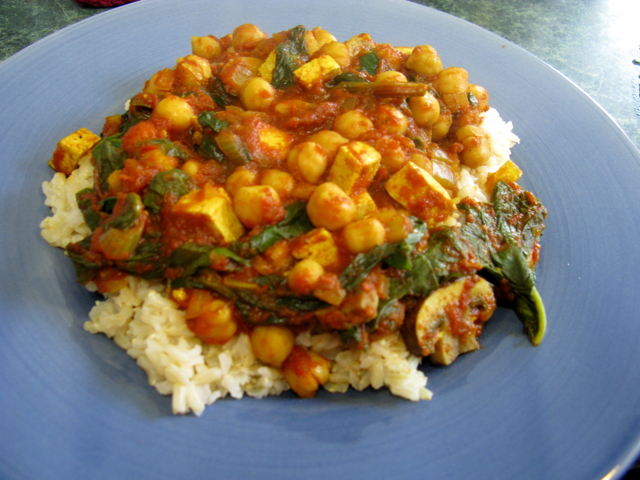This is a helpful paragraph from his review, describing the dizzying array of permutations within the "food" movement:
Where many social movements tend to splinter as time goes on, breaking into various factions representing divergent concerns or tactics, the food movement starts out splintered. Among the many threads of advocacy that can be lumped together under that rubric we can include school lunch reform; the campaign for animal rights and welfare; the campaign against genetically modified crops; the rise of organic and locally produced food; efforts to combat obesity and type 2 diabetes; “food sovereignty” (the principle that nations should be allowed to decide their agricultural policies rather than submit to free trade regimes); farm bill reform; food safety regulation; farmland preservation; student organizing around food issues on campus; efforts to promote urban agriculture and ensure that communities have access to healthy food; initiatives to create gardens and cooking classes in schools; farm worker rights; nutrition labeling; feedlot pollution; and the various efforts to regulate food ingredients and marketing, especially to kids.
I am personally interested in "all the above," some more than others, but am most interested in a part of the movement that, shamefully, has no national presence—a biblical/Christian perspective on food and nutrition and their relationship to broader issues of creation-care and stewardship; a distinctly Christian perspective. Granted, at best "the church" gets short shrift from the culture whenever she speaks. Part of that dismissal is for spiritual reasons—nobody likes to be told they are accountable to God. But part of it is because the church doesn't speak practically or winsomely enough (if she speaks at all) to gain a hearing, which is the case regarding food, nutrition, etc.
I hope the day will come when Pollan's paragraph, re-summarized by future writers, will include recognition that the Christian church has a dog in this (food) fight (bad metaphor, admittedly). Whether that happens, of course, depends on whether followers of Jesus develop a kingdom perspective on these issues.












